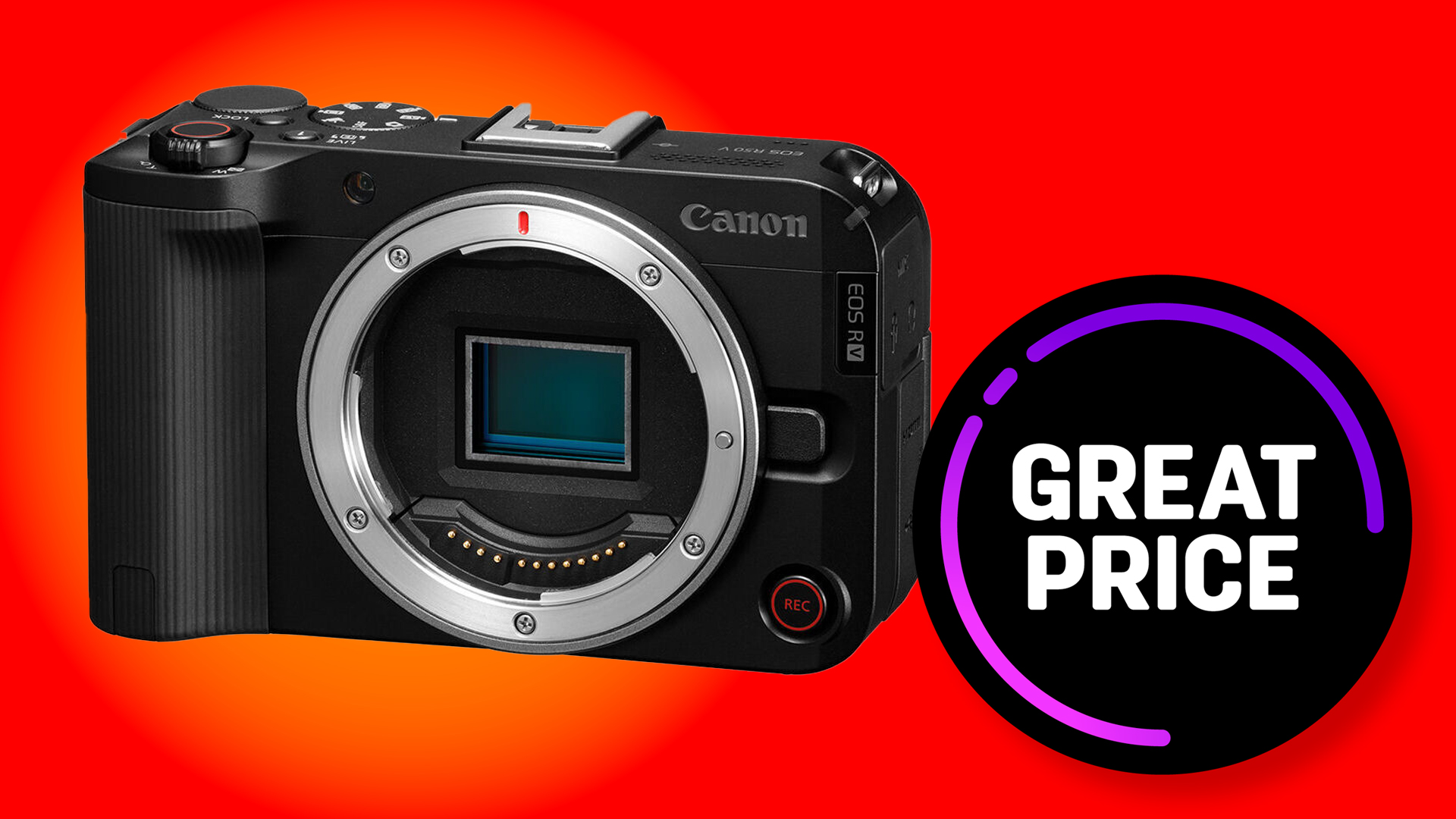DJI Osmo 360 launches with the biggest sensors in the game – and that's not even what makes it an industry first...
The new DJI Osmo 360 has bigger image sensors than the competition – but it isn't just the size that matters, it's the shape that adds power...
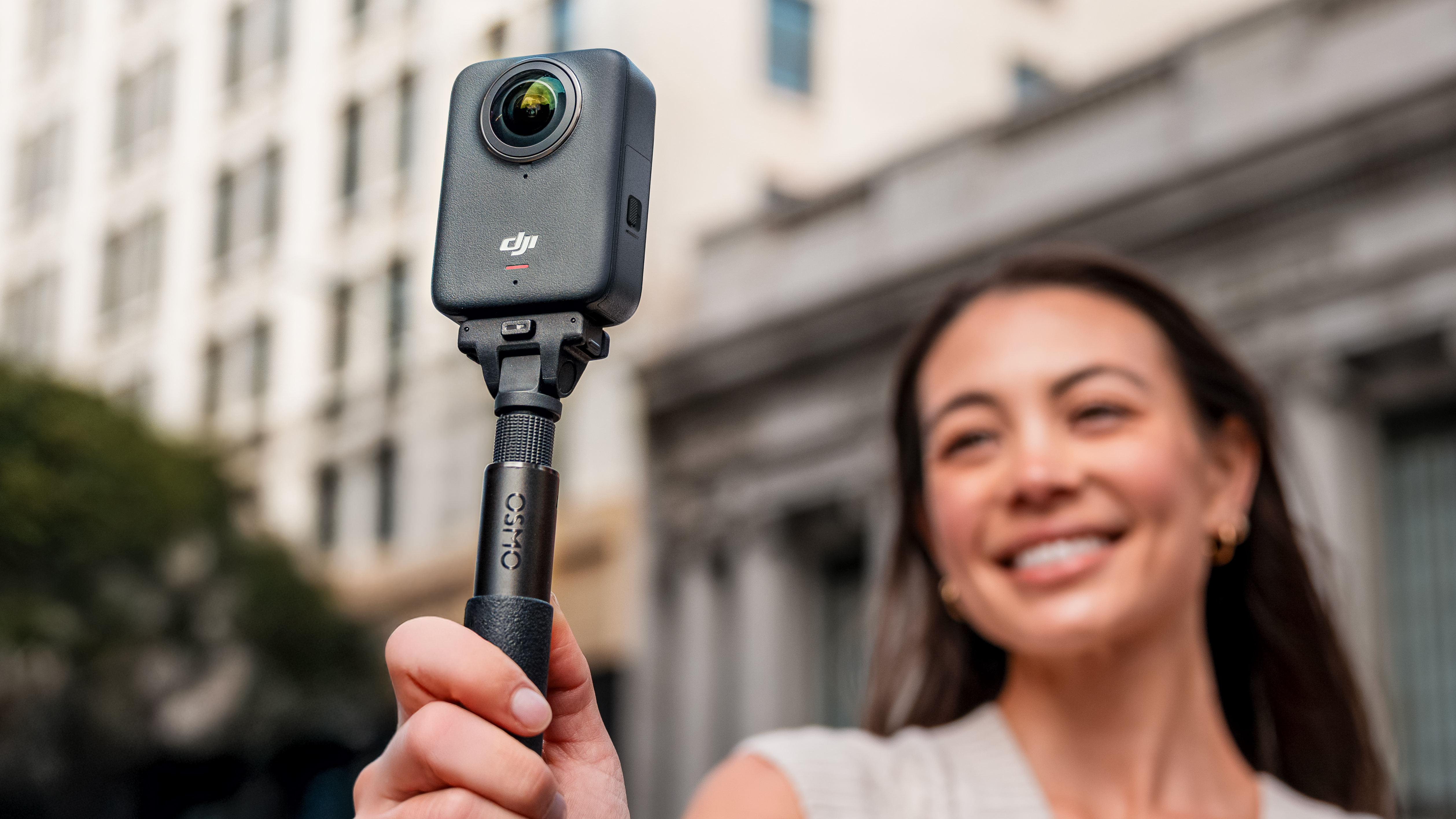
Teased and leaked though it was, the DJI Osmo 360 is now a fact, and with the final specs we know that it brings some serious firsts to the 360-degree camera market, driven by DJI's specifically designed 1-inch square imaging sensor.
“With the Osmo 360, DJI is challenging the status quo of the 360 camera market,” said Christina Zhang, Senior Director of Corporate Strategy at DJI, and that seems very true.
Both the size and the shape are firsts in the mainstream consumer 360-degree camera market. Most photographers know that bigger sensors mean better low-light performance. The shape is crucial because it means far less of the imaging area is wasted compared to the typical 4:3 sensor size – and that saves on power.
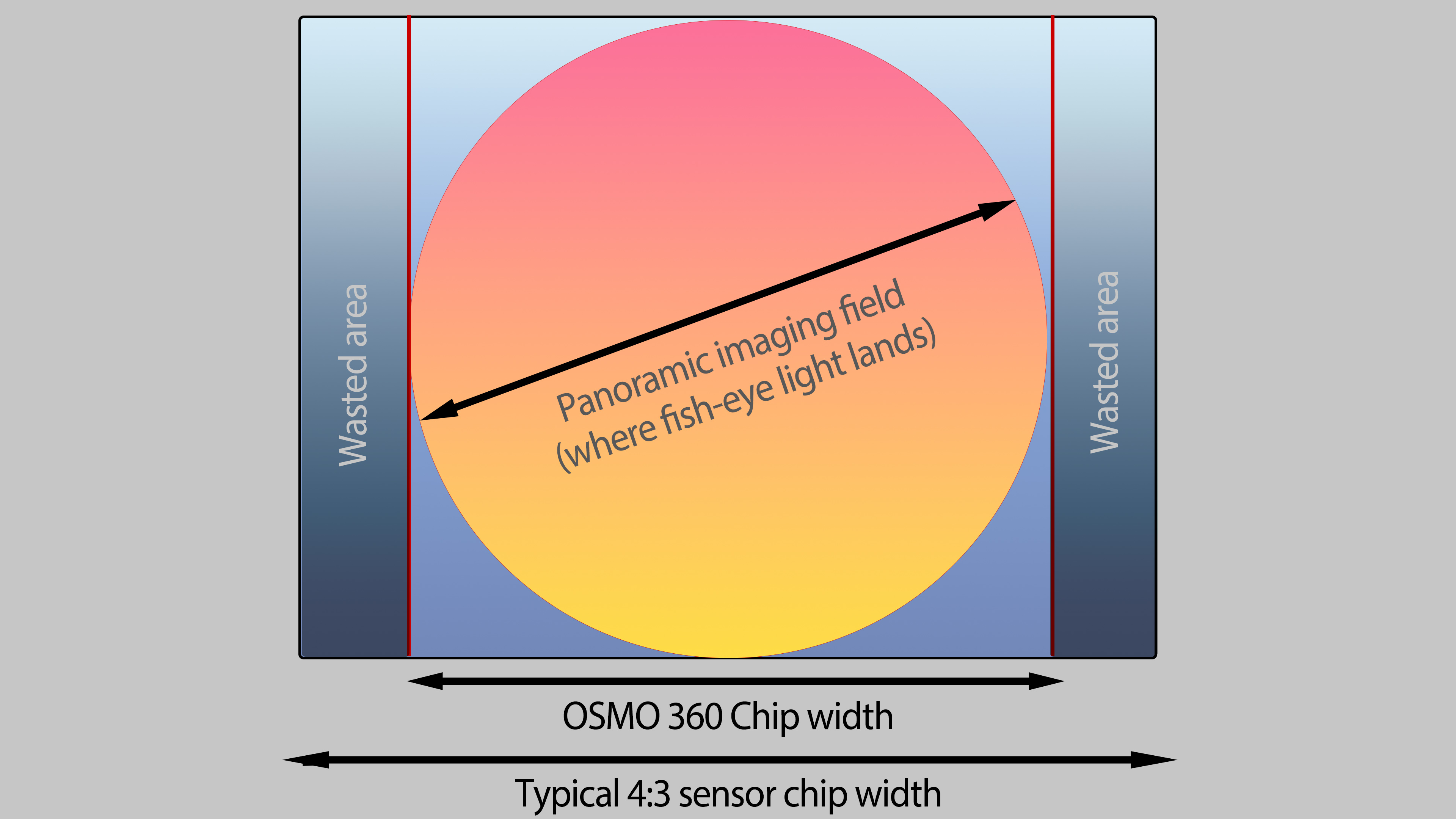
So the 1-inch imaging sensor is square (it's still a chip, after all) and the image from the fish-eye lens is round. There are two back-to-back. A way to measure the amount of light, and be extension likely low light performance, is to know the diameter of the panoramic imaging field – that is 9.6mm on the Osmo 360 and 7.2mm on the Insta360 X5. Both imaging chips are 9.6mm along the horizontal, but the one used in the Insta360 X5 is only 7.2mm tall, while the Osmo 360's is the same horizontally and vertically.
All this adds up to a 4000-pixel width at the widest diameter and a native 2.4-nanometer resolution for each block of four GRBG sensors. With the f/1.9 aperture, DJI say it's capable of a 13.5-stop dynamic range.
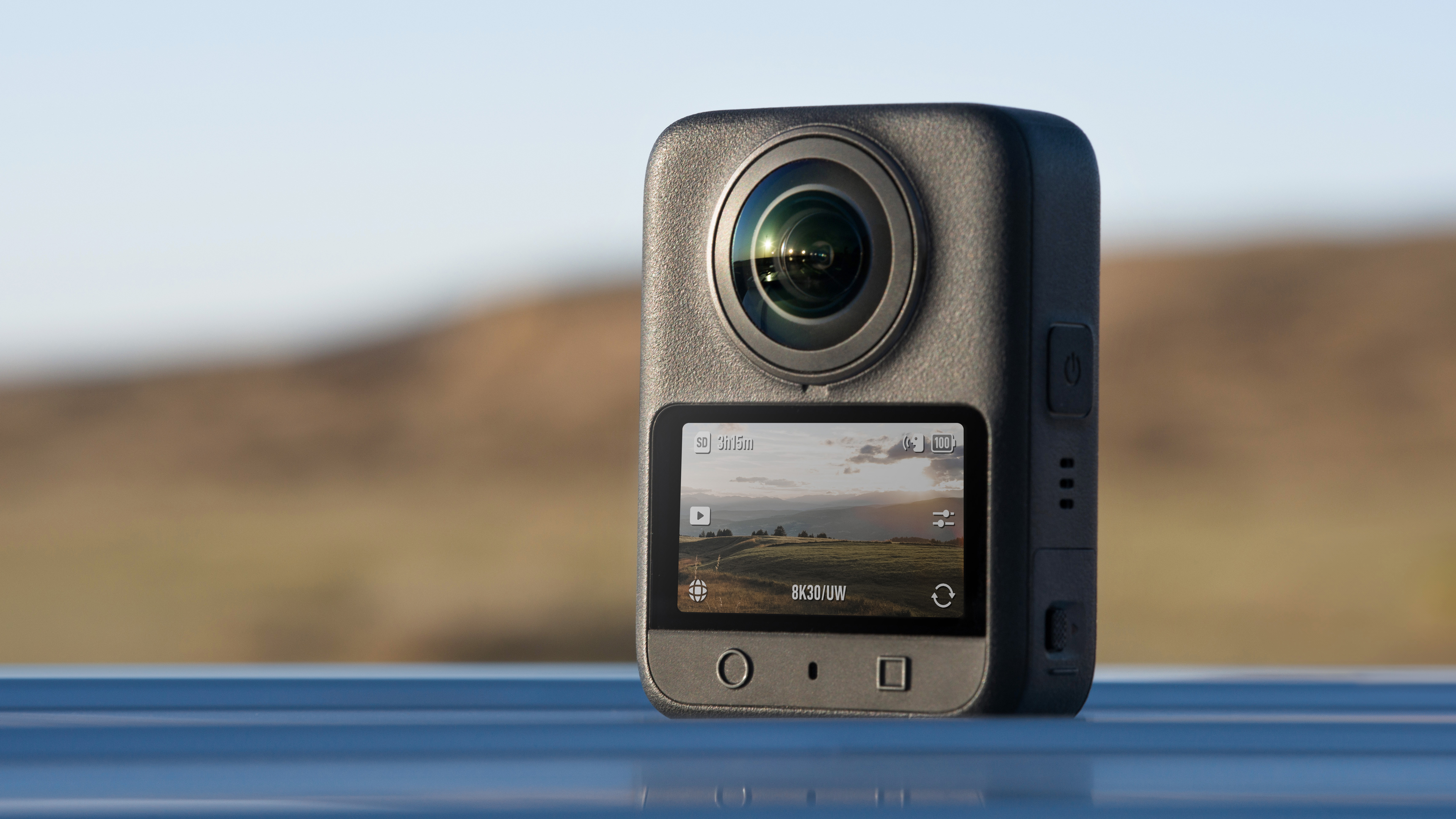
The new chip isn't the only noteworthy thing about the Osmo 360 either. The device also brings with it a higher resolution stills at 120 megapixels, alongside 8K video at 50fps. Video is also captured at 10-bit, and the apps allow for color grading with D-Cinelike.
Additionally, like many other DJI products, the device includes a lot of built-in storage so MicroSD cards are an option rather than an essential – there is 105GB of storage. The battery life is a category winner, able to shoot continuously in 8K at 30fps for over 100 minutes.
The best camera deals, reviews, product advice, and unmissable photography news, direct to your inbox!
In common with other 360-degree cameras, it can also be used as a single-lens action camera – and includes the option to switch from front and back cameras without stopping recording – like a mini TV studio. There is also a 5K option, and a 'Boost Mode' offering a 170-degree field of view at up to 4K 120fps.
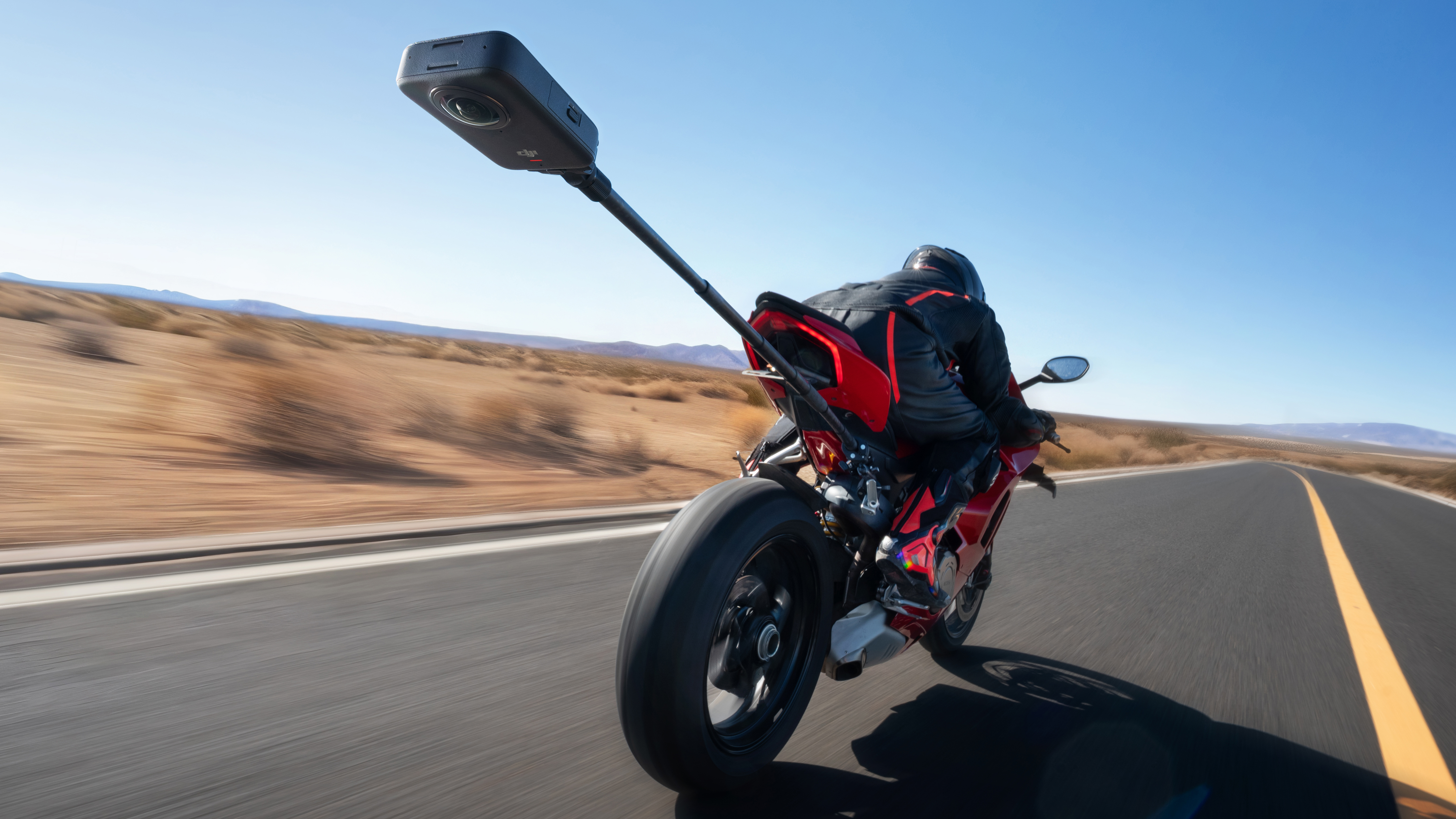
The camera features DJI's HorizonSteady and RockSteady image stabilization and horizontal levelling tech, though AI subject tracking and the ability to re-frame footage after the fact are there too. Gesture controls and voice controls are an option too.
The device weighs in at 183g (6.5 ounces), making it slightly lighter than key competition too. It is also compatible with the DJI Mic 2 and Mic Mini without the need to connect the receiver, and the Mic can be used as a remote.
In terms of software – crucial in the 360-degree world – DJI has built 360-degree remote control and editing features into Mimo, the app the company offers with other Osmo action cameras. In addition, DJI Studio offers a computer-based editing experience for Mac and Windows users.
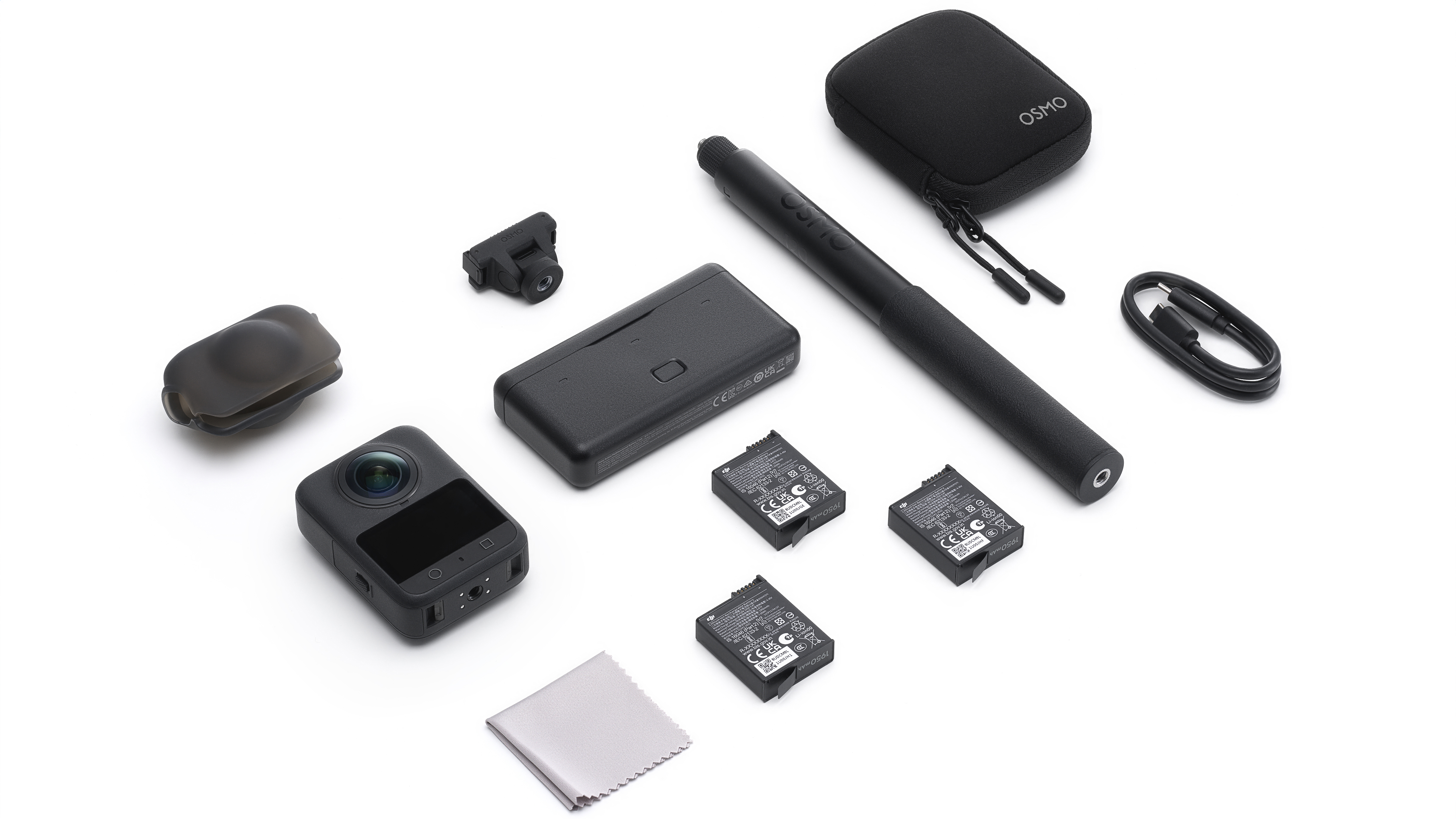
The Osmo 360 is available to order immediately on launch today and is available in two combos: The 'Standard Combo' for £409.99 / AU$759 , which includes a single battery, a protective pouch, a lens cleaning cloth, a USB-C to USB-C cable for charging and data transfer, and a rubber lens protector.
In addition, a 'Adventure Combo' , for £539.99 / AU$989, adds two more batteries, DJI's 'Multifunction Battery Case 2' which can charge up to 3 batteries at once, a tiltable Quick Release Adapter Mount and the Osmo 1.2m Invisible Selfie Stick.
Shockingly the global launch will not extend to the USA; in the words of a DJI spokesperson: "it will not be available for sale immediately in the U.S. market through official DJI channels. We currently do not have an estimated timeline for when it will be available, but we will keep you posted when we do'. So there is hope, but it seems politicians are having an effect on DJI for American consumers.
You might also like
I keep a guide to the best 360-degree cameras.
Check my review of the leading competitor – the Insta360 X5 – which DJI is taking aim at.

With over 20 years of expertise as a tech journalist, Adam brings a wealth of knowledge across a vast number of product categories, including timelapse cameras, home security cameras, NVR cameras, photography books, webcams, 3D printers and 3D scanners, borescopes, radar detectors… and, above all, drones.
Adam is our resident expert on all aspects of camera drones and drone photography, from buying guides on the best choices for aerial photographers of all ability levels to the latest rules and regulations on piloting drones.
He is the author of a number of books including The Complete Guide to Drones, The Smart Smart Home Handbook, 101 Tips for DSLR Video and The Drone Pilot's Handbook.
You must confirm your public display name before commenting
Please logout and then login again, you will then be prompted to enter your display name.
